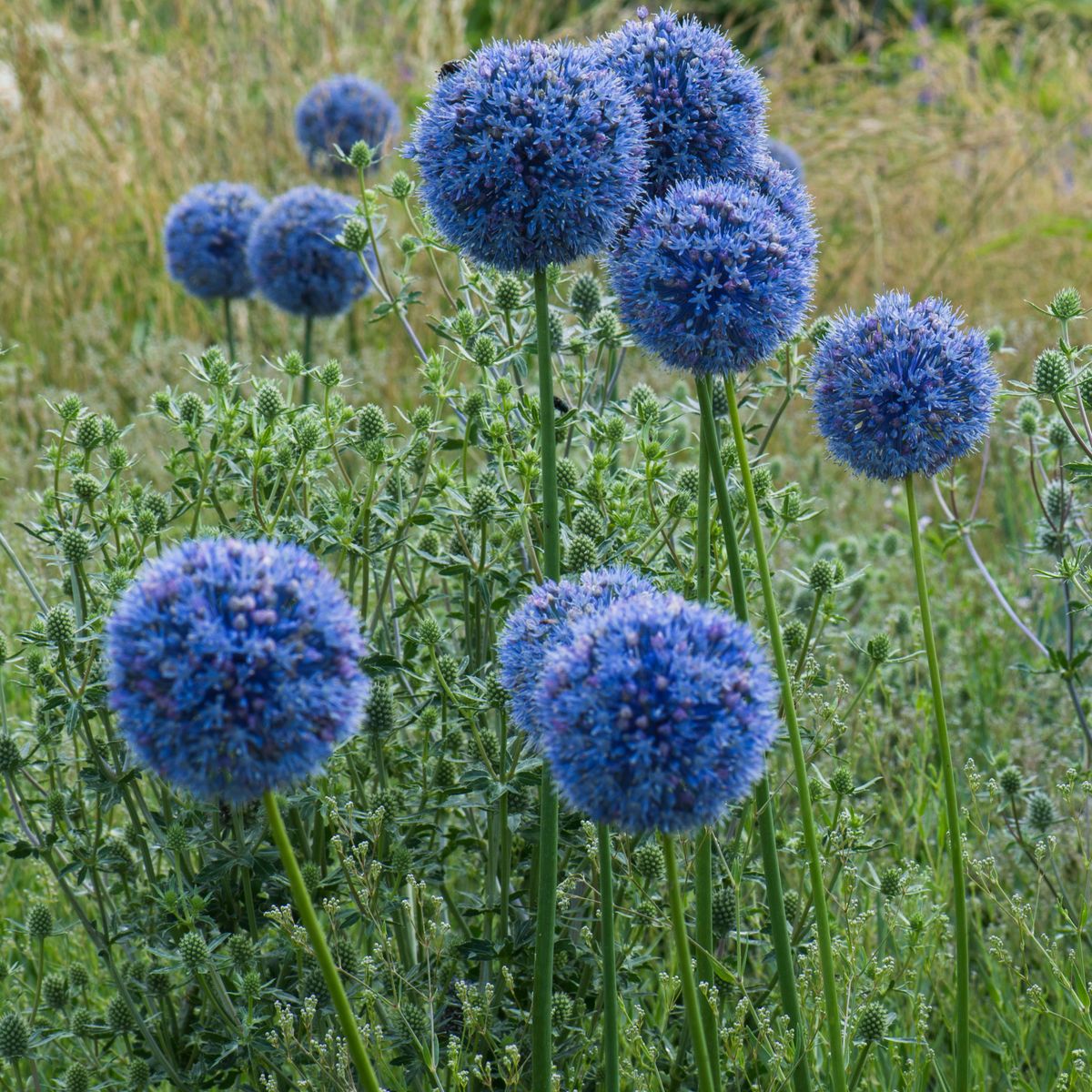The name Calliopsis is given to the annual forms of Coreopsis
These wiry-stemmed annuals provide some of the brightest flowers of the garden in golden yellow, velvety crimson and polished mahogany.
(Named from koreos-bug, opsis like, refers to seeds, which are said to resemble a tick)
SPECIES. Coreopsis drummondi (Goldenwave) has blossoms 3 inches in diameter, golden yellow with a few pencil lines of brown on each ray flower. It closely resembles the perennial sort, C. grandiflora, which has no markings on the flowers and narrow leaves, whereas C. drummondi has quite oval leaflets. Height 18 inches.
C. tinctoria (C. elegans) (C. marmorata). There are many varieties of this brilliant species. The flowers are yellow, usually smaller than those of the first named sort, but they are marked with large blotches of mahogany, chestnut, crimson, garnet and purple. Height 1 foot to 3 feet, according to the variety.
Where to Plant. Calliopsis is an excellent flower for massing in an annual border. The flowers are useful for cutting because of the long stems. The dwarf, bushy varieties are good edging plants. Many varieties of C. tinctoria are slender in growth and may be set out among the lower growing annuals. The intensely brilliant flowers borne upon their tall, slender stems, dance in the breeze as though not supported at all.
GENERAL. Generally, the seed of Calliopsis is sown in the Fall or earliest Spring where the plants are to bloom and the seedlings thinned to stand 8 inches to 12 inches apart. They prefer a sunny spot. The plants often self-sow so that a constant supply of Calliopsis is assured if given a light protection through the Winter. They are apt to bloom themselves to death, generally becoming unsightly in mid-July. It is too much of a task to remove the seedheads of such tiny flower. If worms attack these plants at the crown, it is wise to grow them in another spot the next year.
Information on 50+ annual flowers











